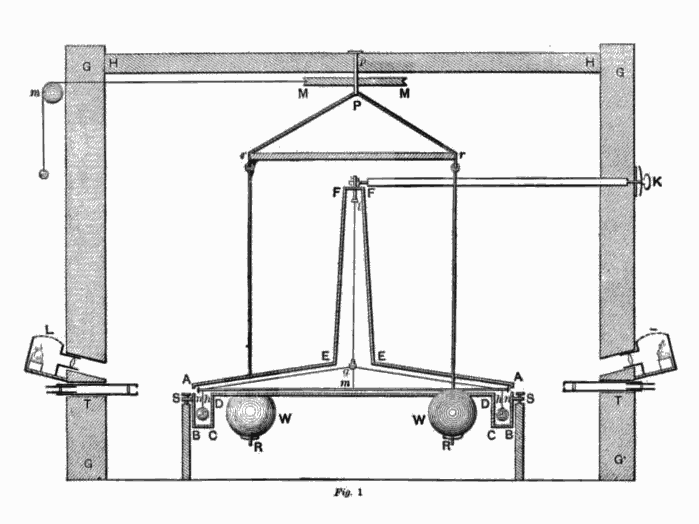Recently some possible explanations of the faster than light neutrinos were announced. And guess what, after all of these mind blowing speculations of neutrinos travelling through other dimensions or Einstein's theories being wrong it's likely that all of this fuss was basically due to a flawed cable.
So there are two likely explanations - one is basically that one of the cables had a flawed connection, which caused a slight discrepancy, while other explanation is that a timing instrument called an oscillator had a problem.
as CERN press officer Arnaud Marsollier said, the flawed cable connection could account for the 60 microsecond difference between the measured neutrino speed and the speed of light. Although further tests will be needed to fully confirm the explanation, it's the most likely explanation we have.
So I don't know what you think about this guys, but I'm quite happy that the experiment was not confirmed and Einstein's theories still hold. I think we already have too much unsolved questions in the world of physics these days so the fall of Einstein's theories would simply be too much.
So there are two likely explanations - one is basically that one of the cables had a flawed connection, which caused a slight discrepancy, while other explanation is that a timing instrument called an oscillator had a problem.
as CERN press officer Arnaud Marsollier said, the flawed cable connection could account for the 60 microsecond difference between the measured neutrino speed and the speed of light. Although further tests will be needed to fully confirm the explanation, it's the most likely explanation we have.
So I don't know what you think about this guys, but I'm quite happy that the experiment was not confirmed and Einstein's theories still hold. I think we already have too much unsolved questions in the world of physics these days so the fall of Einstein's theories would simply be too much.







 7:59 PM
7:59 PM
 silentbob14
silentbob14














